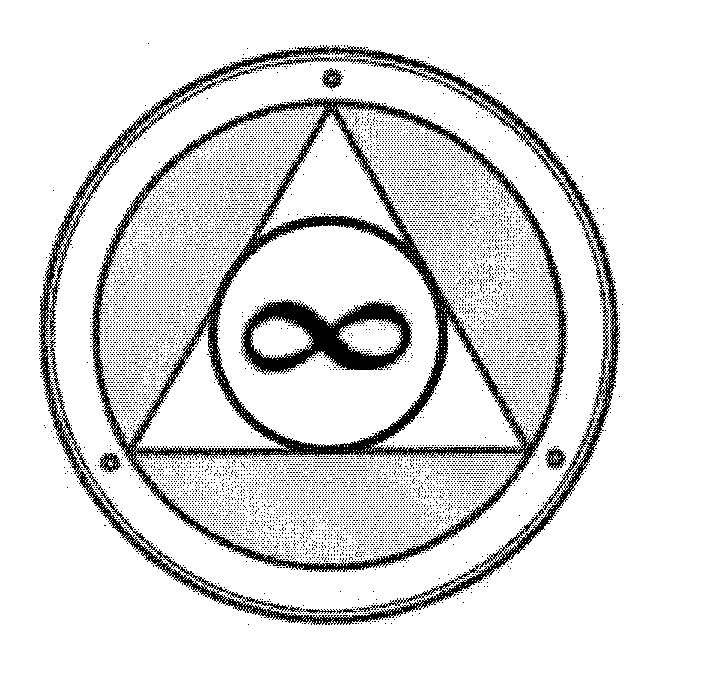Tangent Plane: Simple Formula Explained
The concept of a tangent plane is a fundamental idea in calculus and geometry, playing a crucial role in understanding the behavior of functions, especially in multivariable calculus. Essentially, the tangent plane to a surface at a given point is a plane that just touches the surface at that point and provides a linear approximation of the surface near that point. This concept is pivotal in optimization problems, where finding the maximum or minimum of a function of several variables is essential.
To understand the tangent plane, let’s first revisit the concept of the derivative of a function of one variable. The derivative at a point gives the slope of the tangent line to the graph of the function at that point. Extending this idea to a function of two variables, we consider a surface in three-dimensional space. The tangent plane at a point on this surface gives the best linear approximation of the surface near that point, similar to how the tangent line approximates a curve.
Mathematical Representation
For a function (f(x, y)) of two variables, the tangent plane at a point ((a, b)) can be represented by the equation: [ z - f(a, b) = f_x(a, b)(x - a) + f_y(a, b)(y - b) ] where (f_x(a, b)) and (f_y(a, b)) are the partial derivatives of (f) with respect to (x) and (y) evaluated at ((a, b)). This equation essentially gives us the linear function that best approximates (f(x, y)) near the point ((a, b)).
Partial Derivatives
The partial derivatives (f_x(a, b)) and (f_y(a, b)) are crucial components in defining the tangent plane. They represent the rates of change of the function (f) with respect to (x) and (y), respectively, at the point ((a, b)). For a function (f(x, y)), the partial derivative with respect to (x) is found by differentiating (f) with respect to (x) while treating (y) as a constant, and vice versa for the partial derivative with respect to (y).
Example: Finding the Tangent Plane
Consider the function (f(x, y) = x^2 + 3y^2). To find the tangent plane at the point ((1, 1)), we first calculate the partial derivatives: - (f_x(x, y) = 2x), so (f_x(1, 1) = 2) - (f_y(x, y) = 6y), so (f_y(1, 1) = 6)
Then, we evaluate (f(1, 1) = 1^2 + 3(1)^2 = 4). Plugging these values into the equation for the tangent plane gives: [ z - 4 = 2(x - 1) + 6(y - 1) ] Simplifying, we get the equation of the tangent plane as (z = 2x + 6y - 4).
Practical Applications
The concept of the tangent plane has numerous practical applications. In optimization, for instance, finding the maximum or minimum of a function can be simplified by first identifying critical points, which are points where the tangent plane is horizontal. Additionally, in computer graphics and game development, tangent planes are used to simulate lighting effects on three-dimensional models by determining how light interacts with the surface at different points.
Conclusion
In conclusion, the tangent plane is a powerful tool for understanding and analyzing functions of multiple variables. Its equation, derived from partial derivatives, provides a linear approximation of a surface at a given point. Understanding tangent planes is essential for advanced calculus and has significant implications in various fields, from optimization and physics to computer science and engineering.
What is the purpose of the tangent plane in calculus?
+The tangent plane provides the best linear approximation of a surface at a given point, which is crucial for understanding the behavior of functions of multiple variables and solving optimization problems.
How do you calculate the equation of a tangent plane?
+The equation of the tangent plane at a point ((a, b)) for a function (f(x, y)) is given by (z - f(a, b) = f_x(a, b)(x - a) + f_y(a, b)(y - b)), where (f_x(a, b)) and (f_y(a, b)) are the partial derivatives of (f) with respect to (x) and (y) evaluated at ((a, b)).
What are some practical applications of the tangent plane concept?
+The tangent plane has applications in optimization problems, computer graphics for simulating lighting effects, and physics for describing the motion of objects in three-dimensional space.


